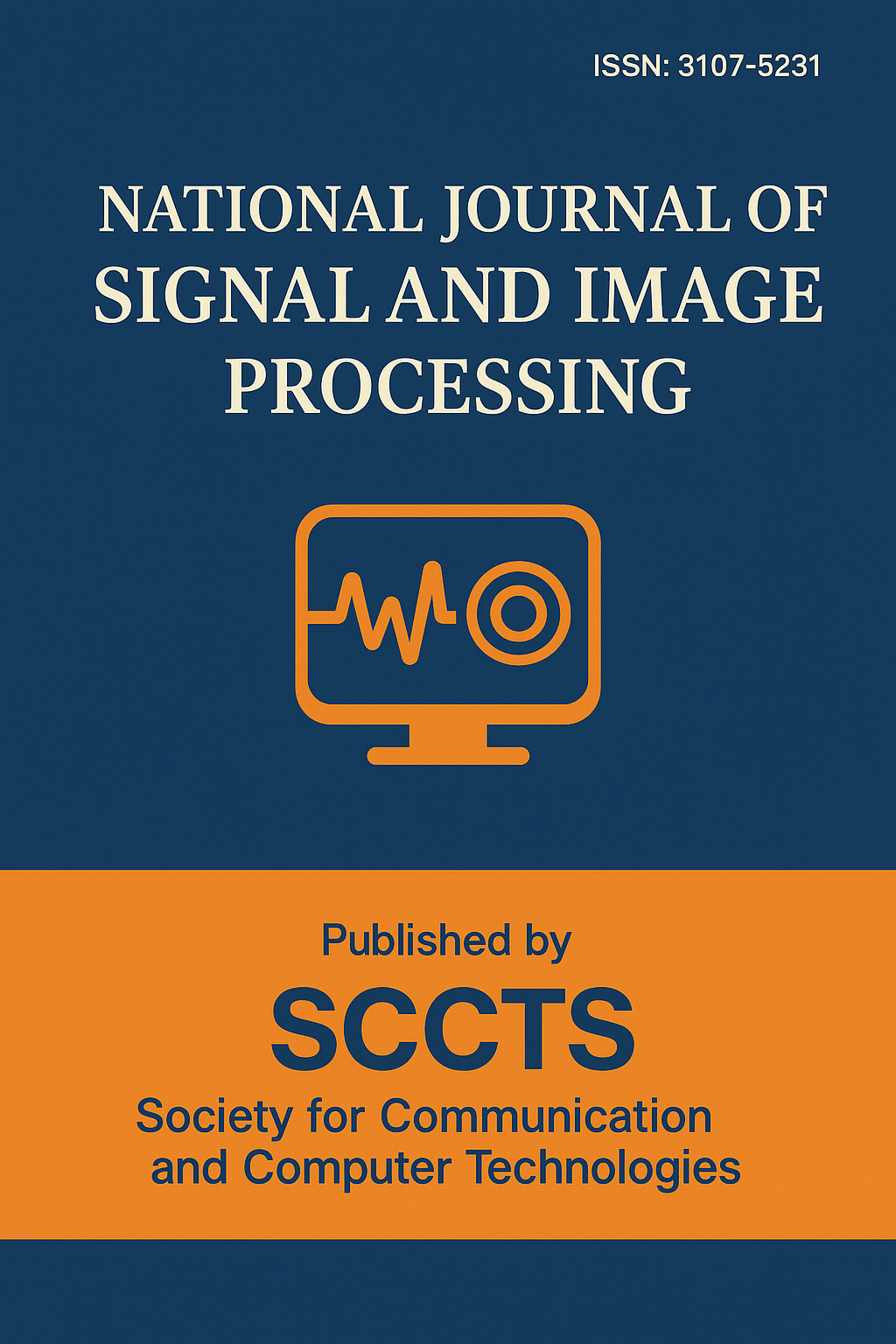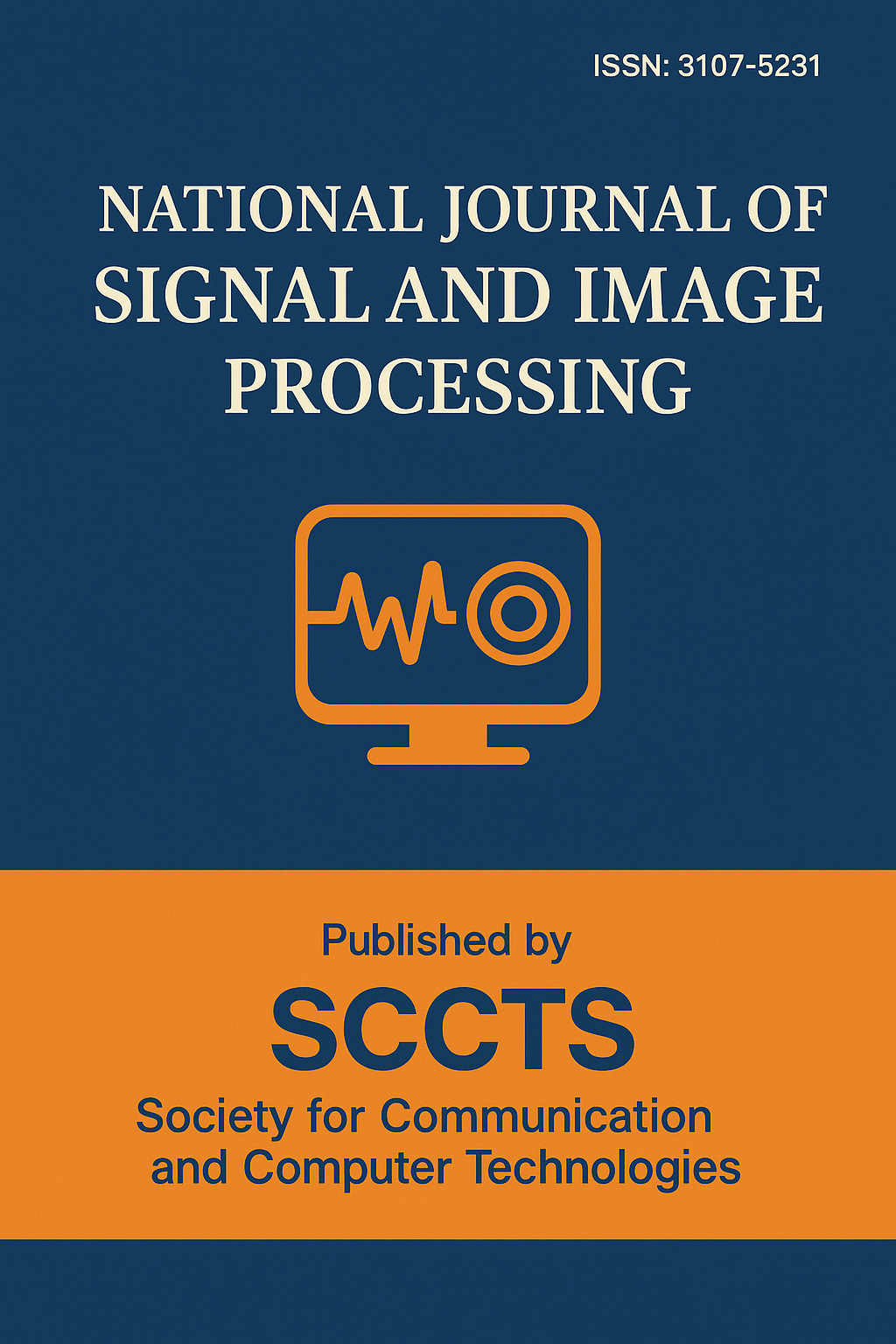Structure-Preserving Denoising of Large-Scale Satellite Imagery Using Graph Signal Processing
DOI:
https://doi.org/10.17051/NJSIP/01.04.03Keywords:
Graph Signal Processing (GSP), Structure-Preserving Denoising, Satellite Imagery, Remote Sensing, Edge Preservation, Image Restoration, Adaptive Graph Construction, Image Enhancement, Noise Suppression, Large-Scale Image ProcessingAbstract
Satellite imagery is an important part of many activities, which include environmental monitoring, land use theme, urban planning, and disaster relief. Nevertheless, such imagery quality is often interfered with by several forms of noise that may be involved when acquiring, transmitting, or through atmospheric perturbations. Denoising is thus needed, however with most traditional approaches, the noise will be suppressed and also it will blur the important structural information found in the image, including edges and fine details. The following paper proposes a structure -preserving graph signal processing (GSP ) based novel framework to complete denoising of large-scale satellite imagery. Under the proposed method, both local and non-local structural relations will be captured as every image is represented as an adaptive graph structured such that the nodes of the graph are the pixels or the superpixels with the edge-links identifying both the spatial and the radiometric similarity, hence, the spatial and radiometric neighbourhood of the graph. Denoising is performed with the help of graph Laplacian regularization, which enables a local refinement of the signal taking into account only the important geometric characteristic and discontinuities. Thorough testing on standard satellite datasets together with a wide range of synthetic and realistic noise settings confirms higher performance of the proposed GSP-based approach in comparison to current benchmark denoising algorithms, as expressed by peak signalto-noise ratio (PSNR), structural similarity index (SSIM), and edge preservation indices. Qualitative outcomes additionally support the idea that our technique is successful in preserving key structures and textures necessary to downstream investigation. Such results demonstrate the potential of GSP-based denoising as a way of enhancing the quality and usefulness of satellite imagery in higher order remote sensing services.






